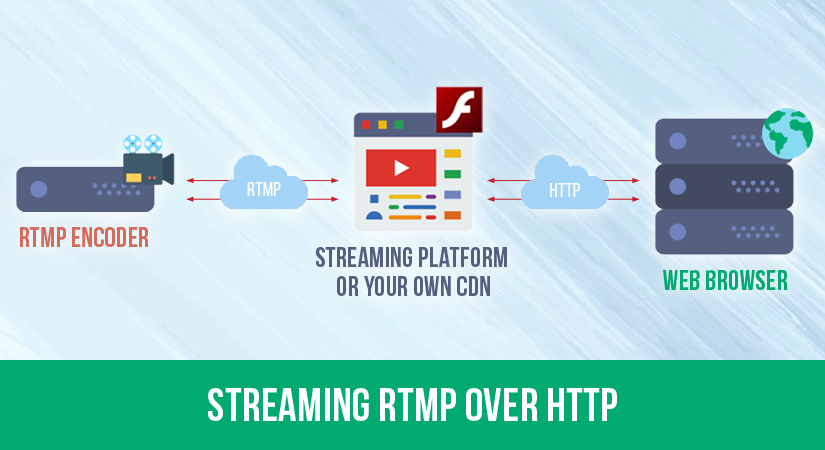A video streaming server is a web server with integrated RTMP functionality that transmits live or recorded video content to a user’s PC, smart TV, or mobile device, having the output has HTML or better HLS. Video streaming servers use additional technologies, such as codecs and broadcast-quality features, compared to conventional servers to index, store, and deliver high-quality video content.
End users can get real-time video, audio, or image files and streams from content providers thanks to streaming servers. These servers need sophisticated storage, memory, and networking capabilities to archive massive volumes of data and transmit it to a user’s device with the least amount of latency. Streaming servers should be connected to a robust global network because network speeds and bandwidth are essential to assuring quick delivery.
What is the operation of a streaming server?
A file server with cutting-edge processing capabilities is part of the system that enables media streaming and is used to store media files and video streams. To reduce latency and avoid congestion during peak hours, content is distributed via CDN, a global network that compresses data and delivers it in smaller parts. The content cannot be downloaded locally for viewing by the end user. Instead, users can access it through their browser on demand.
Advantages and disadvantages of Streaming Video
On the Internet, video content is widely available. The vast majority of websites offer streaming video material. Small packets of streaming video are supplied to the viewer, who can watch them even as later segments download. Although some definitions restrict the term “streaming” to live content, video on demand (VOD) often adheres to the same delivery model and is regarded as “streaming video.” There are benefits and drawbacks to this delivery process.

Advantages of Streaming Video
— Minimum wait
Due to the size of video files, downloading a complete file takes a while. The end user can rapidly, often in just a few seconds, begin watching the video when it is streamed. The host site and the end user both gain from this. The end user can choose if she wants to watch the video without waiting for a lengthy download. A quick load time for the host site keeps visitors engaged and increases the likelihood of clicking on an ad or a relevant link.
–Professional Training
Users can use streaming video to host live training sessions with clients or coworkers, similar to webinars. The trainer’s ability to conduct the training remotely is another important feature. The process can still be filed even if a company’s expert is out of town because there is no need to bother about booking an international or domestic ticket or getting the required paperwork.
— Training
Educational institutions use video streaming to expand educational options, particularly for online learning. Both live and recorded versions of the same lessons are available for students to review from instructors. This increases the retention of the material by involving students both auditorily and visually.
The Disadvantage of Streaming Video
— Bandwidth
The availability of bandwidth is a major problem for delivering streaming videos. The quality of the movies could be impacted if the sender overestimates or underestimates the available bandwidth. Errors in bandwidth estimation result in packet loss or delivery delays, which can result in a video’s quality being compromised or playing back jerkily. No solution can completely solve these issues, even though various error control techniques like buffering can limit them.
— cost
Costs for live video streaming can add up. The feed must be disseminated using pricey camera equipment and top-tier computer hardware. An Internet Service Provider is often needed to provide enough bandwidth to handle a live broadcast (ISP). Even though it might be less expensive than handling the entire process internally, bandwidth usage costs can be very high.
Recent Comments